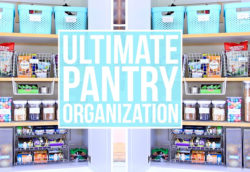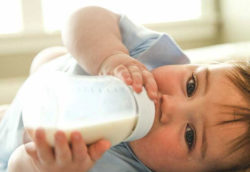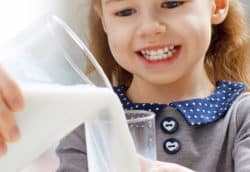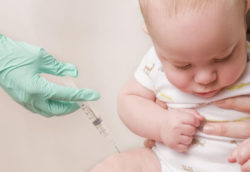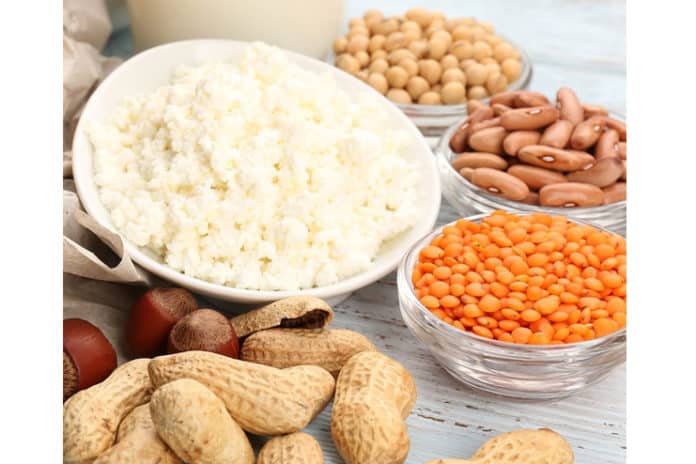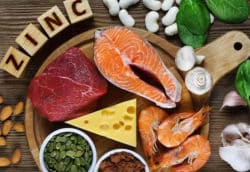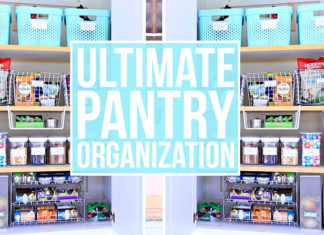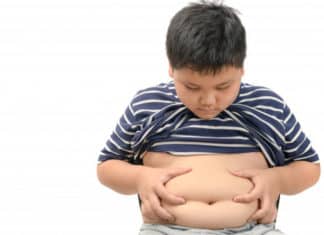In recent days, good dietary approaches are very essential to promote the good health of the kids. Good diet habits in childhood are the pillars for the future well-being. Protein is one of the essential components of the body that you should know about.
Proteins play a prominent role as enzymes in the cell. Proteins are the building blocks for muscles, organs, and the immune system. Studies show that obesity is doubled in adults and tripled in children since 1970. Protein rich food in the diet is known to reduce the waist circumference.
This article discusses the importance of protein rich foods. It presents the protein rich foods for children.
What Is Protein?
Proteins are the macromolecules that have one or more long chains of amino acid residues. Proteins vary in the sequence of amino acids. The chain of the amino acids depends on the nucleotide sequence of the genes. A linear chain of amino acid residues is called a polypeptide. A protein is built up of at least one long polypeptide. Short polypeptides containing less than 20-30 amino acid residues are called peptides or oligopeptides.
Proteins are responsible for a wide range of functions in the organism including catalyzing metabolic reactions, DNA replication, responding to stimuli, providing structure to the cells and organisms, and transporting the molecules from one location to another. Proteins are known to exist for a certain period and then degrade which are recycled by the process of protein turnover. The advent of genetic engineering has made the process of protein purification very easy.
Why Do Kids Need Proteins?
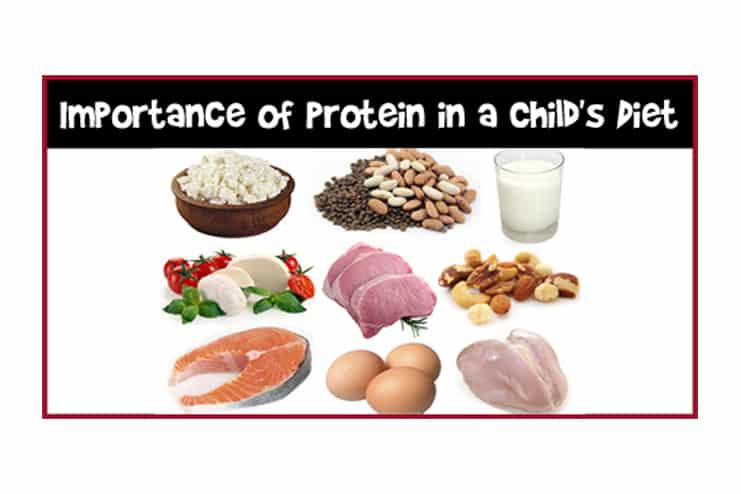
Growing kids need proteins for various reasons.
1. Growth and maintenance:
Proteins are required for the growth and maintenance of tissues. Studies show that reduced protein mass is a sign of protein-energy malnutrition and is associated with numerous complications. Appropriate nutrition intake can limit protein catabolism. Under certain circumstances like illness, pregnancy, and breastfeeding, the body is likely to breakdown the proteins equal or greater than the amount that the body uses to build and repair the tissues. Proteins help the kids to achieve the height by promoting the bone growth.
Studies stated that recovery from injury or illness require more number of proteins.
2. Acts as carriers:
Some proteins are hormones. It acts as chemical messenger between cells, tissues and organs. These hormones are secreted through endocrine glands or tissues and travel through the blood to reach the target tissues or organs where they bind to protein receptors.
Most of the body’s hormones are build up by the proteins and polypeptides.
3. Provide structure to cells and tissues:
Proteins are fibrous in nature and provide stiffness and rigidity to cells and tissues. These proteins include keratin, collagen, and elastin.
Elastin is more flexible than collagen. It’s high elasticity allows many damaged tissues to return to their original shape after stretching and contraction.
4. Responsible for biochemical reactions:
Enzymes are proteins that promote the various biochemical reactions that take place within and outside of the cells.
The enzyme structure allows them to combine with other molecules in the cell and catalyse the reactions that promote the metabolism. Improper functioning of these enzymes may lead to various diseases.
Some of the body functions that require enzymes include:
● Digestion
● Energy production
● Blood clotting
● Muscle contraction
5. They help to maintain proper pH levels:
Studies proved that proteins play a prominent role in maintaining the homeostasis between acids and bases in the blood and other body fluids.
The pH level of the blood below 6.8 and above 7.8 is dangerous and may lead to sick or death.
6. Helps to achieve fluid balance:
It helps the body processes to achieve the fluid balance. The two proteins Albumin and globulin in the body helps in maintaining the fluid balance by absorbing and retaining the water.
Lack of these proteins do not allow the blood to reside in blood vessels and pushes the fluids into the spaces between the cells leading to swelling. This swelling mostly occurs in the stomach region. It is a sign of severe protein malnutrition, a condition called kwashiorkor.
7. Helps the body to build stronger immune system:
Proteins support the immunoglobulins, or antibodies to fight infections. Antibodies protect your body from the harmful virus and bacteria.
In the absence of the antibodies, the bacteria and virus are free to multiply and may harm the body with the diseases they cause.
8. Helps to carry the nutrients:
Transport proteins help in carrying the substance into, out of or within the cells through the blood streams.
The substances that are carried by proteins include nutrients like vitamins or minerals, blood sugar, cholesterol and oxygen.
9. Gives your body energy:
Protein contains four calories per gram. Studies proved that protein intake helps the body to achieve energy balance.
In case of shortage of carbohydrate levels, the body uses the amino acids that are breakdown from the skeletal muscles.
How much protein does your child require?
Protein requirements vary according to the child’s age and weight.
As per the dietary guidelines released by the USDA, the protein requirements for the children as per their age and sex are as follows:
● 1-3 years- 13 grams of protein
● 4-8 years- 19 grams
● 9-13 years- 34 grams
● 14-18 years (boys)- 52 grams
● 14-18 years (girls)- 46 grams
10 Protein rich foods for child:
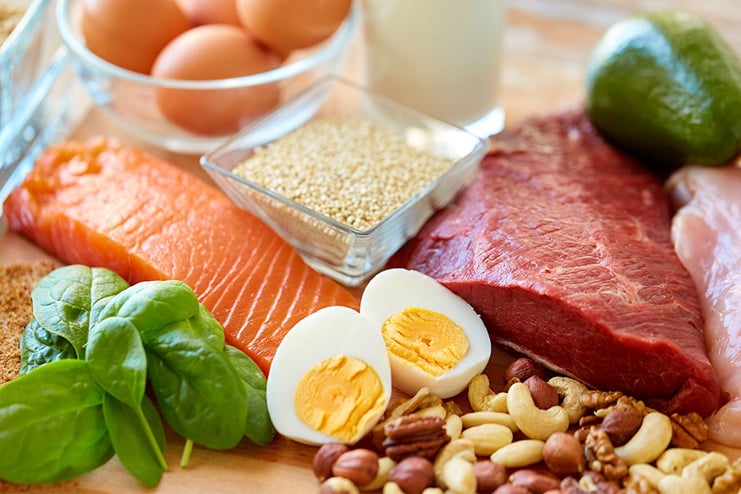
It is a bit difficult to include protein rich foods in your child’s diet, if they are picky eaters. This article provides the list of protein rich foods for the both vegan and non-vegan kids.
1. Nuts and Seeds:
Nuts like almonds, cashew, hazelnut, pistachio, and walnut are rich in protein content. Approximately 23 almonds provide 6 grams of proteins. The best way to offer almonds for your toddler is to prepare almond milk. Nut balls is the great option for the kids above 2 years.
Seeds like pumpkin seeds, sunflower seeds, and sesame seeds are rich source of proteins.
2. Eggs:
Eggs are the rich source of proteins to be included in the diet. The average sized egg can provide about 6-7 grams of proteins.
Eggs are the very first solid diet that can be included in your child’s diet as soon as they reach the age of 1 year.
3. Tofu:
It is also known as bean curd. Tofu contains about nine essential amino acids. It is good in proteins and low in calories. It is prepared by the coagulation of the soy milk and then pressing it into white solid blocks with varying softness.
100 grams of tofu serve about 8 grams of protein. It is also great source of iron and calcium and the minerals
4. Lentils and Rice:
They are the group of legume family and include beans, and peas. 100 grams of cooked lentils contain about 9.02 grams of proteins. They are also rich source of minerals and fiber. When lentils are combined with brown rice, they offer the same proteins as that of meat.
5. Peanut Butter:
Peanut butter is made from the ground, dry-roasted peanuts. It is a rich source of peanut butter and vitamin B-6. 2 tablespoons of peanut butter contain about 7.02 grams of proteins. Peanut butter also contains about 20 amino acids.
You can easily spread it over the bread slice that your little one will love to eat.
6. Fish and Meat:
Fish is a source of various minerals, nutrients, and high quality of proteins. Fishes contain the proteins that are easily digested.
Animal protein sources are considered to be the complete protein source as they contain all the essential amino acids that your body require to function effectively. Consuming the animal tissues is the great way to get the necessary nutrients.
7. Diary products:
Diary foods including milk, yogurt, and cheese are the great source of proteins. 100 grams of diary products contain about 1.6 grams of proteins.
Milk has two types of proteins which are whey and casein. If your kid has any kind of allergic reactions to milk, you can offer them yogurt with some fruit toppings or offer the bread with cheese spread.
8. Grains:
Grain products include the foods that are made from wheat, rye, rice, oats, cornmeal, barley, or another cereal grain.
100 grams of grains offer about 6 grams of proteins. Cookies are the great snack idea for protein rich foods for kids.
9. Broccoli:
Broccoli is one of the protein rich vegetarian foods for toddlers. They also contain folate, manganese, phosphorus, vitamin C and K. Being rich in fiber, broccoli helps to combat digestive problems. It is also one of the protein rich finger foods for babies.
10. Other fruits and vegetables:
Apart from the meat and grains, there are a wide variety of fruits and vegetables that are packed with proteins.
Some of the fruits that are packed with great proteins are guava, avocado, jackfruit, dried apricot, kiwifruits, and blackberries.
Vegetables that are rich in proteins are spinach, cabbage, asparagus, and cauliflower
High Protein Toddler Recipes:
Here are a few high protein toddler recipes that are easy to include in your toddler’s diet:
1. Toddler’s Burrito:
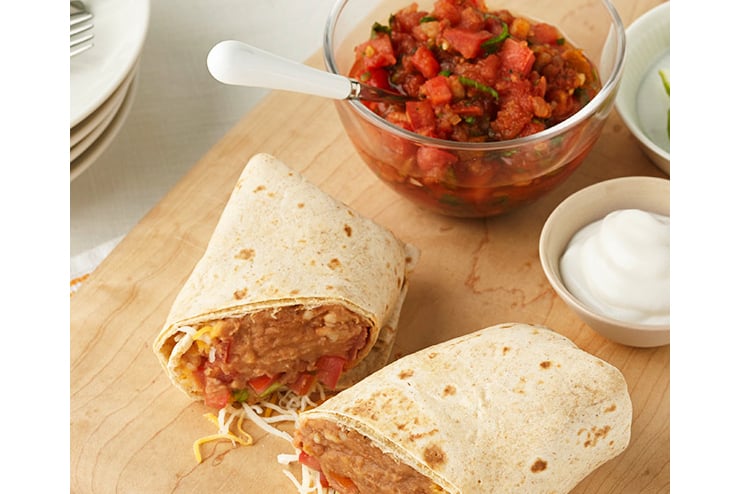
This is the best protein rich food for baby. Veg Burritos are the perfect finger food packed with proteins for your toddler. Here is the procedure for the simple Burrito’s.
Ingredients:
● 1 can pinto beans
● ¾ cup cooked brown rice
● ¾ cup shredded cheddar cheese
● 2 tablespoon mild salsa
● Whole wheat tortillas
How to Prepare:
1. Wash the beans properly and rinse them in water.
2. Mash the beans after draining the water.
3. Add cooked brown rice, cheese, and salsa to the bean mixture.
4. Put this mixture in the tortillas and roll them.
5. These wraps are easy to go into your kid’s breakfast and in the lunch box.
2. Peanut Butter Muffins:
Peanut butter muffins are the perfect finger foods for your toddler.
Ingredients:
- 2 cup whole wheat flour
- 1 ½ teaspoon cream of tartar
- 1 teaspoon baking soda
- ½ teaspoon salt
- ½ cup brown sugar
- ½ cup coconut oil
- 1 ½ cup peanut butter
- 1 ½ teaspoon vanilla extract
- 2 eggs
- 2 cups milk
How to Prepare:
1. Preheat the oven to 350 degrees Fahrenheit.
2. Place the greased liners in muffin tins
3. Combine flour, cream of tartar, baking soda and salt all together in a mixing bowl.
4. Take another bowl and mix eggs and peanut butter.
5. Combine half of the flour mixture to this egg mixture and some milk. After mixing it properly add the remaining flour mixture and milk. Mix it well to make sure that it is free from the clots.
6. Fill the muffin tins with this batter and allow them to bake in the oven for about 20-25 minutes.
7. Allow the muffins to cool for sometime before serving and decorate with jam or jelly.
3. Pumpkin Pancakes:
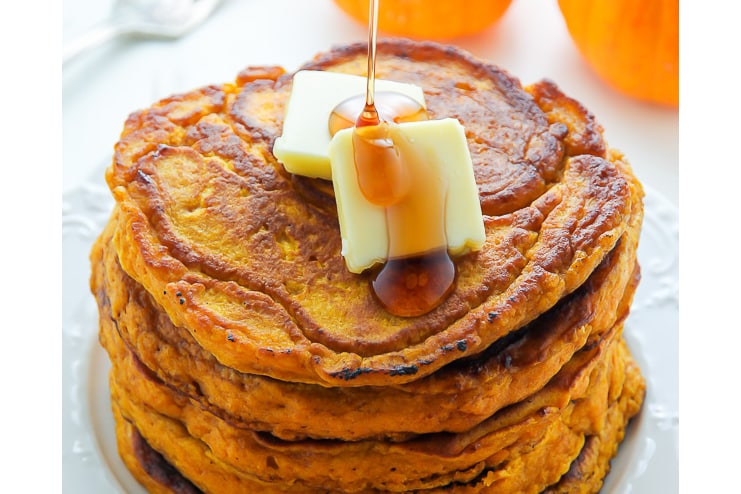
1 cup of cooked pumpkin contains about 2 grams of proteins. Pumpkin contains about 94% of water. Pumpkins are known to offer numerous health benefits. Here is a simple protein pancake recipe for your kids.
Ingredients:
- 1 cup whole wheat
- 1 ¼ cup Greek yogurt, vanilla
- 2 eggs
- 2 teaspoons baking soda
- 1/3 cup pumpkin
- ¼ teaspoon of salt
- 1 teaspoon vanilla extract
- 3 teaspoons pumpkin pie spice
How to Prepare:
1. Combine all the ingredients in a bowl and stir it well till a thick batter is obtained.
2. Heat the pan and spread the butter over it. Pour the batter and spread it over the pan and make sure that it is not too thin or thick.
3. This pancake will take more time than the normal one because of the pumpkin puree. Once the edges are properly baked flip it to the other side and cook it properly.
4. Serve this pancake with berries, whipped cream or syrup as per the taste of your kid.
In conclusion, the collective actions that proteins perform make it a more important nutrient to be included in your kid’s diet. Encourage your child to have required amounts of protein every day by making the recipes more appealing.

















